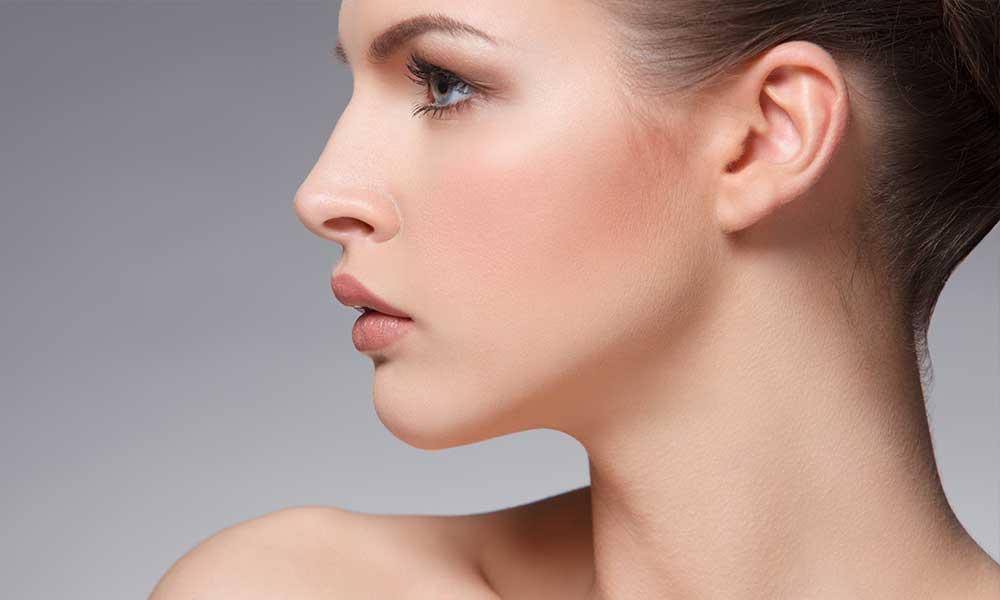In our age of selfies, profile pictures, and video conferencing, the way we present ourselves matters more than ever. And, central to one’s facial presentation is the jawline. While beauty standards continuously evolve, a softer, more balanced profile is a consistent desire for many. For those with a more prominent or squared-off jawline, achieving this aesthetic can feel challenging. But, with modern cosmetic procedures, altering one’s profile is no longer just a dream. Among the sought-after procedures to attain this harmony is jaw reduction.
The Allure of a Balanced Jawline
The jaw plays an instrumental role in framing our face. Too pronounced, and it can overshadow other features, lending a more masculine or aggressive look. Too subdued, and it might lead to a lack of definition, making the face appear rounder. Finding that sweet spot of balance is the goal for many, making jaw reduction an appealing option.
Understanding Jaw Reduction
Jaw reduction isn’t as complicated or intimidating as it sounds. At its core, it’s a cosmetic procedure aimed at refining and slimming the jawline. By targeting the muscles or bone, or sometimes both, it helps achieve a more oval or heart-shaped face, which many find softer and more feminine.
There are primarily two types of jaw reduction: surgical and non-surgical. The surgical method involves making incisions inside the mouth, trimming the jawbone, and then reshaping it. On the other hand, the non-surgical method, which has gained tremendous popularity due to its minimally invasive nature, utilizes injections, like Botox, to reduce the size of the jaw muscles. Over time, this weakens the muscles, leading to a narrower appearance.
Is Jaw Reduction Right for You?
Like any cosmetic procedure, jaw reduction isn’t a one-size-fits-all solution. It’s essential first to understand the root cause of the jaw’s prominence. For some, it might be a result of enlarged muscles, often due to habits like teeth grinding. For others, it could be bone structure. Depending on the cause, the appropriate type of jaw reduction can be determined.
Moreover, personal motivations play a critical role. Undertaking jaw reduction purely for self-satisfaction and confidence is the right approach. Doing it under societal pressure or to fit into a fleeting beauty standard can lead to regrets. Always remember that beauty is subjective, and what matters most is feeling comfortable in one’s skin.
The Path to Recovery
Recovery from jaw reduction varies based on the method chosen. Surgical jaw reduction, being more invasive, necessitates a longer downtime, often a few weeks, with potential swelling and discomfort. Following the surgeon’s aftercare instructions is paramount here. The non-surgical route, being less invasive, has minimal downtime. Some might experience slight bruising or swelling, but this usually subsides in a few days.
Embracing the New You
Once the recovery phase is over, the results start to shine through. The transformation is not just physical but often emotional too. Many report a newfound confidence, as they no longer feel the need to hide behind turtleneck tops or avoid side-profile photos. With jaw reduction, they find their face more in harmony, with each feature complementing the other.
However, it’s crucial to keep expectations grounded. While jaw reduction offers notable changes, expecting a complete transformation might lead to disappointment. The goal is enhancement, not a total overhaul.
Final Thoughts: The Journey to a Harmonious Profile
With the evolution of cosmetic procedures, achieving the perfect profile isn’t confined to the lucky few blessed with genetic gifts. Jaw reduction stands as a testament to this progress, offering countless individuals the chance to embrace a more balanced facial appearance. However, as with any journey, it’s essential to tread with awareness, understanding, and most importantly, self-love. Whether or not you opt for jaw reduction, remember that true beauty radiates from within, and feeling good about oneself is the most attractive feature one can wear.




